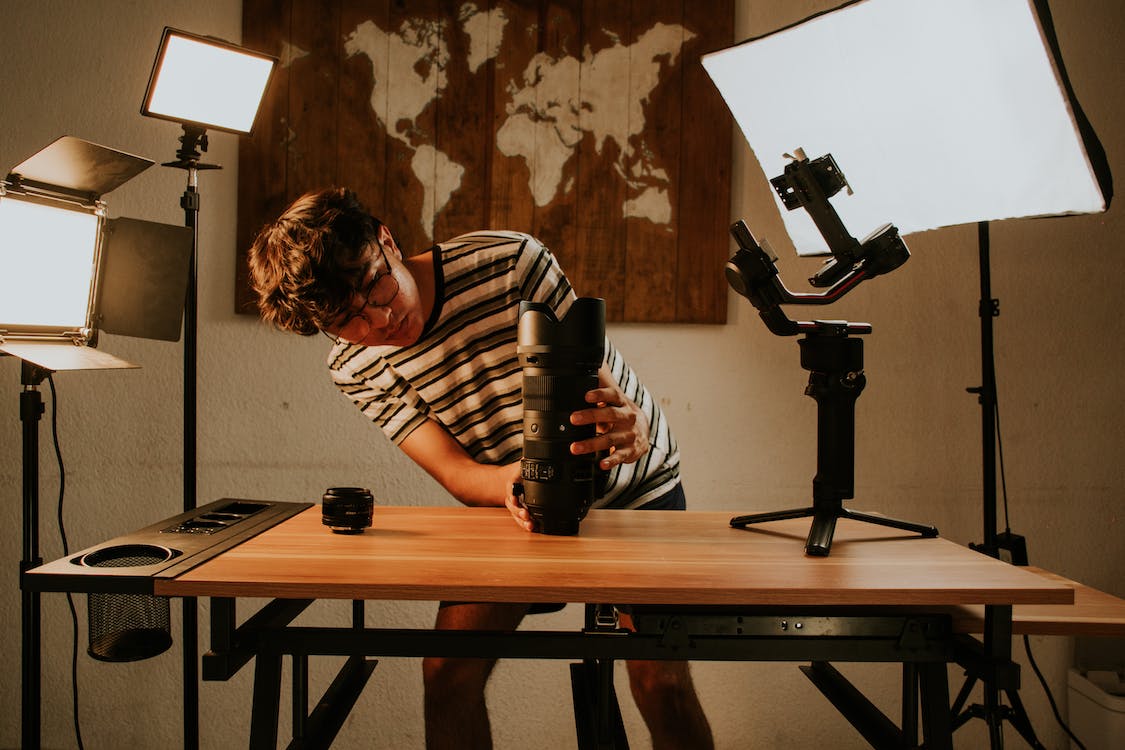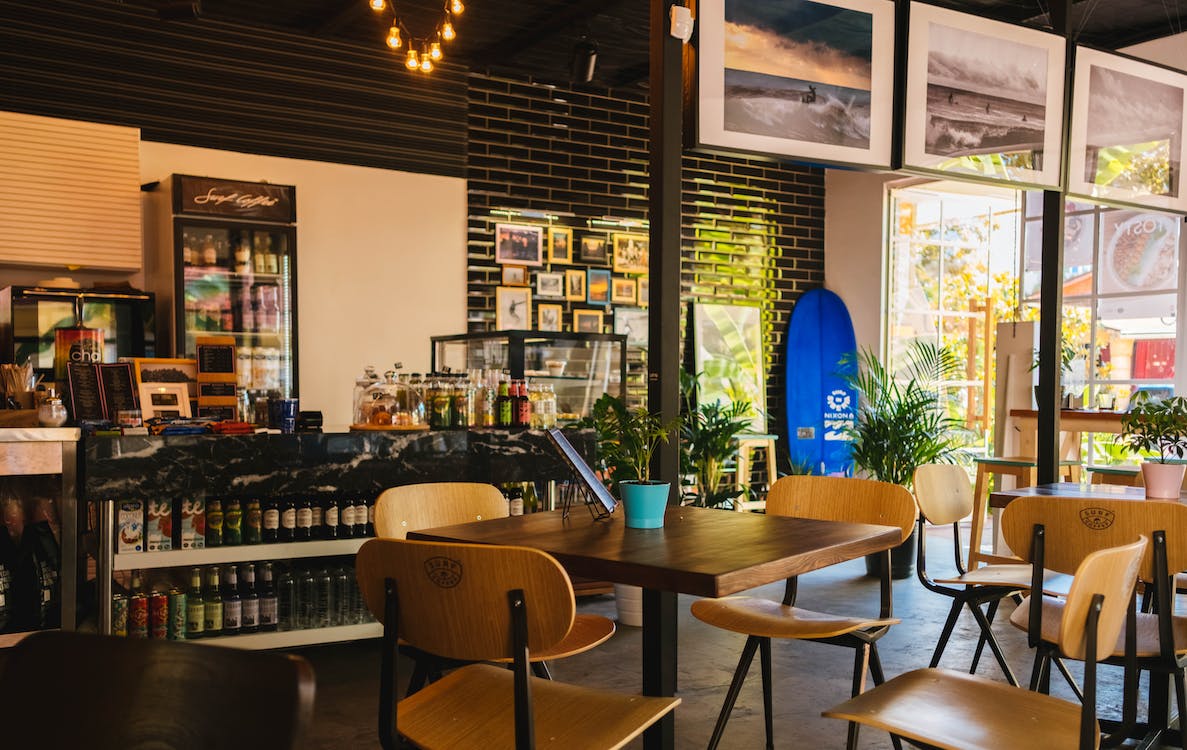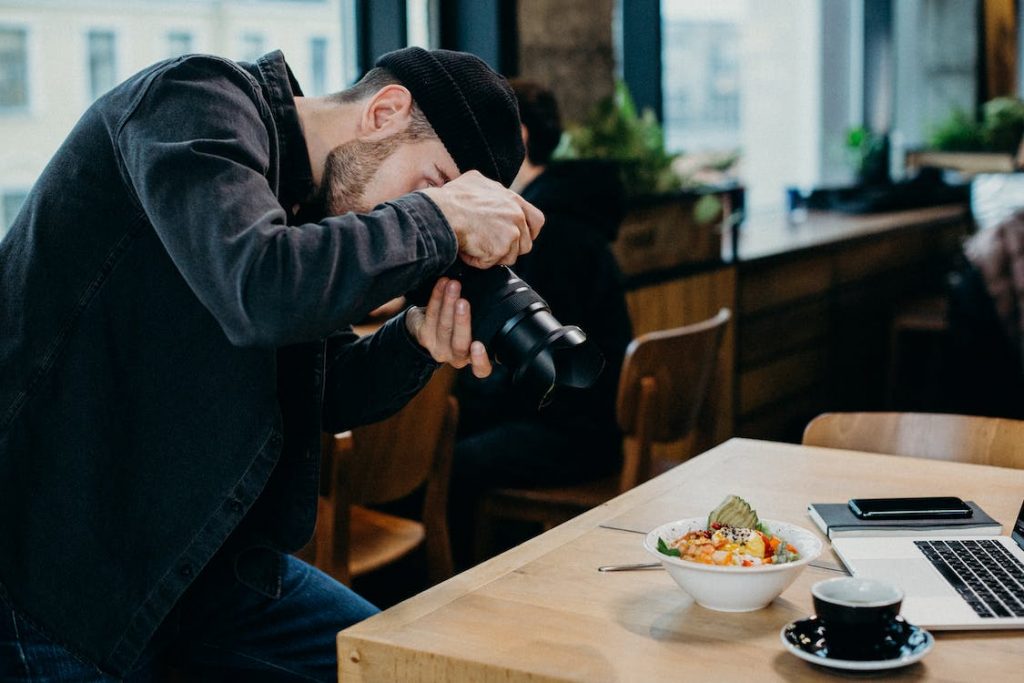As a food photographer, one of the most challenging tasks is figuring out how to price your services. Setting the right price for your services can make or break your business. If you price too high, you may lose clients to competitors who charge less. Conversely, if you charge too low, you may not make enough money to sustain your business. In this article, we will discuss how to price your food photography services so that you can be competitive in the market and earn a fair income.
Table of Contents
Understanding Your Costs

Before setting your prices, it’s essential to understand your costs. The cost of producing a photograph goes beyond the equipment you use. You should also consider the time you spend on preparing, shooting, and editing the images. Therefore, you need to determine your hourly rate, which should be enough to cover your expenses and earn a profit.
Equipment Costs
The first thing you should consider is the cost of your equipment. This includes your camera, lenses, tripod, lighting, and other accessories. You should calculate the cost of each item, including any maintenance costs, and divide that by the number of shoots you expect to complete in a year. This will give you a rough idea of how much you should charge per shoot to cover your equipment costs.
Time and Labor Costs
The next thing you should consider is your time and labor costs. This includes the time you spend on preparing, shooting, and editing the images. You should calculate your hourly rate based on the time you spend on each project. Be sure to factor in the time you spend communicating with your clients, preparing your equipment, and traveling to and from the shoot location.
Overhead Costs
Overhead costs are the expenses that you incur regularly, regardless of the number of shoots you complete. This includes expenses such as website hosting, marketing, and rent. You should divide these expenses by the number of shoots you expect to complete in a year to get an idea of how much to charge per shoot to cover these expenses.
Researching the Market

Once you have a good understanding of your costs, it’s time to research the market. You need to know what your competitors are charging for similar services in your area. This will help you determine if your prices are competitive or if you need to adjust them.
Check Out the Competition
You can start by checking out the websites of your competitors to see how much they charge for their services. You can also check out social media platforms such as Instagram and Facebook to see what other food photographers in your area are charging. This will give you a good idea of what the market rate is for your services.
Consider Your Expertise
It’s also essential to consider your expertise when researching the market. If you’re just starting, you may need to charge less to attract clients. However, if you’re an experienced food photographer, you may be able to charge more than your competitors. Be sure to factor in your experience and skills when setting your prices.
Setting Your Prices
Now that you understand your costs and have researched the market, it’s time to set your prices. Remember that your prices should be competitive, but they should also cover your costs and earn you a profit.
Hourly Rates
One way to price your services is by setting an hourly rate. This is a popular method among photographers, and it allows you to charge for the time you spend on each project. You should factor in your costs and research the market to determine a fair hourly rate.
Packages
Another way to price your services is by offering packages. This allows you to offer different levels of services at different price points. For example, you can offer a basic package that includes a set number of photos and editing, and a premium package that includes more photos and additional editing services. Be sure to factor in your costs and research the market to determine a fair price for each package.
Value-Based Pricing
Value-based pricing is another approach that can be effective for food photographers. This method involves setting your prices based on the value that you provide to your clients. For example, if you’re an experienced food photographer who specializes in a specific cuisine, you may be able to charge more than your competitors because of the unique value you provide.
Communicating Your Prices to Clients

Once you have set your prices, it’s important to communicate them effectively to your clients. Here are some tips to help you do this:
Be Transparent
Be upfront about your prices and what they include. Clients appreciate transparency, and it will help build trust between you and your clients.
Provide Options
Offer different packages or services at different price points so that clients can choose what works best for them.
Explain Your Value
If you’re charging more than your competitors, be sure to explain the value that you provide. This can include your experience, expertise, and unique style.
Be Flexible
Be willing to negotiate with clients if necessary. While you don’t want to undervalue your services, you also don’t want to lose a potential client because of pricing.
Conclusion
Setting the right price for your food photography services can be challenging, but it’s essential to the success of your business. By understanding your costs, researching the market, and communicating effectively with clients, you can set a fair price for your services and earn a living doing what you love.
FAQs
1. How much should I charge for food photography?
The price you charge for your services depends on several factors, including your costs, expertise, and the market rate in your area. It’s essential to research the market and set a fair price that covers your costs and earns you a profit.
2. How can I communicate my prices to clients effectively?
Be transparent about your prices and what they include, provide options at different price points, explain the value you provide, and be willing to negotiate if necessary.
3. Should I charge by the hour or offer packages?
Both hourly rates and packages can be effective ways to price your services. It’s important to consider your costs and research the market to determine which approach works best for you.
4. What should I do if a client thinks my prices are too high?
Be willing to explain the value that you provide and consider negotiating if necessary. However, be careful not to undervalue your services.
5. Can I change my prices over time?
Yes, you can adjust your prices over time as your experience and expertise grow, or if your costs increase. Just be sure to communicate any changes effectively to your clients.
Afterword
We hope that you find this article helpful. Thank you for reading and you’re always free to leave a comment. If you find this article interesting, consider checking out one of our recently published posts. A few of them showcase AI Art Generators in extreme detail. On the other hand, if you’re looking towards Photography, we also offer great articles for your inspiration. We also have multiple articles that talk about the various printing mediums for wall art. May you find these articles entertaining!
Find them here:
Effective Marketing Strategies for Food Photography Services
Top Food Photography Editing Software for 2023
Best Cameras for Food Photography in 2023
The 5 Best AI Art Generators
Why Choose Metal Prints using Chromaluxe?
Guide to Product Photography
Guide to Toy Photography
The Art of Editing Photos
Best Outdoor Print and Signage Options
Best Wood Printing Companies in 2022
We enjoy reading your comments and insights with our posts! Should you have any questions or concerns, feel free to leave them below! -Mark

